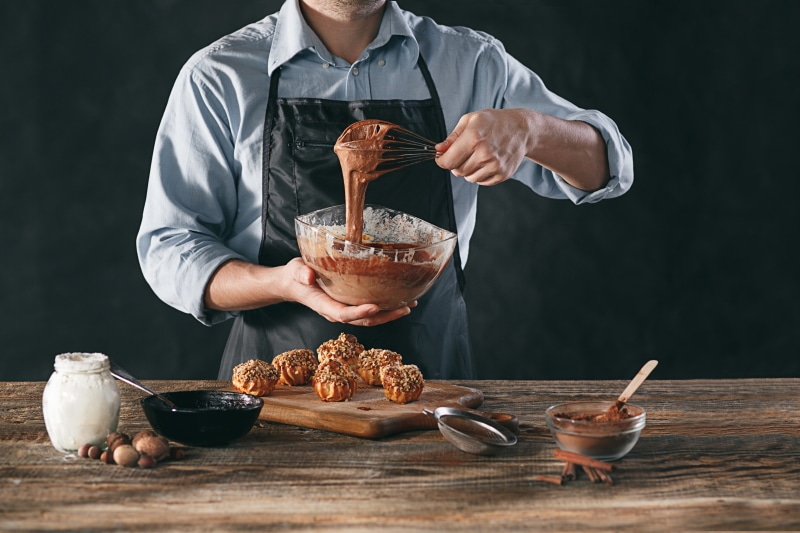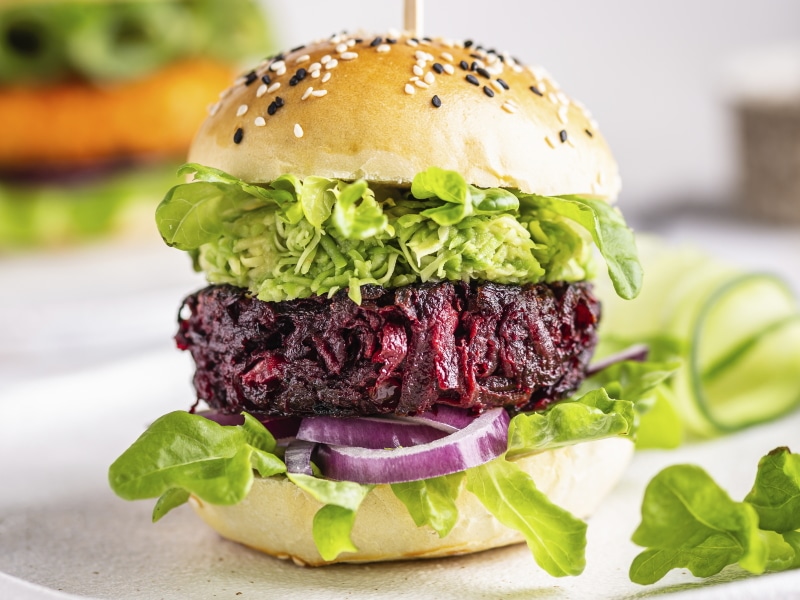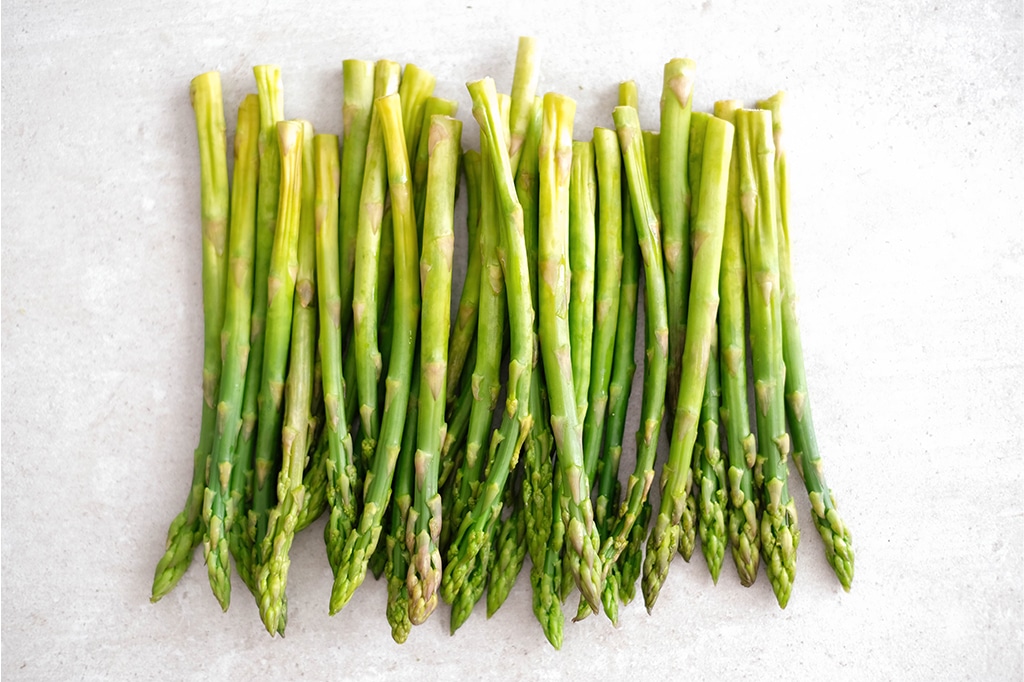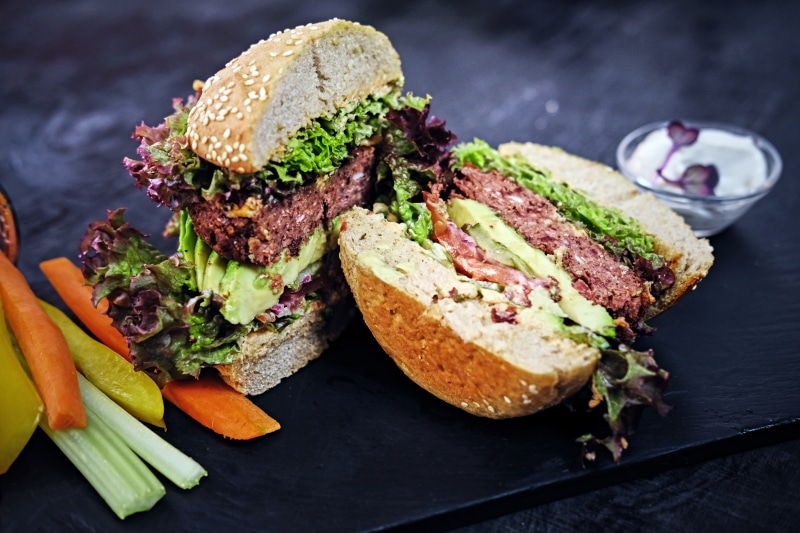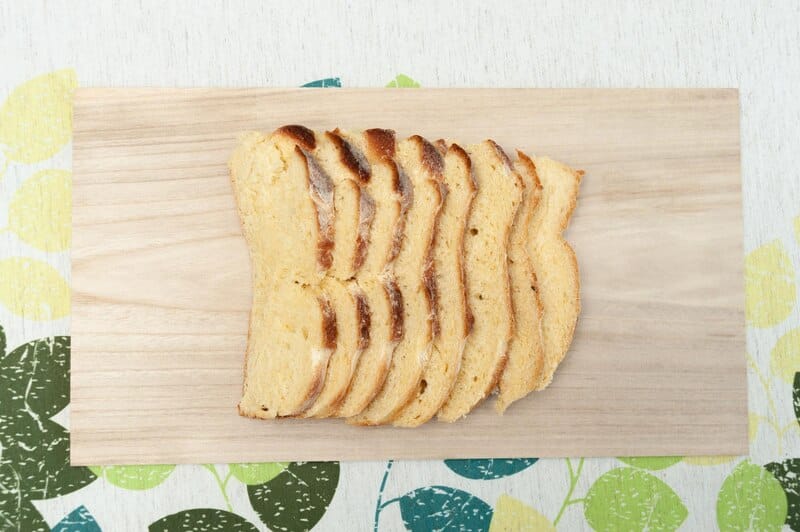The vegan egg has reached its pinnacle. Chefs and innovators in the plant-based space have successfully replicated every form of chicken egg preparation out there, from the yolky over-medium plant-based egg that tops Los Angeles eatery Crossroads Carbonara to the impeccably light, crispy, and ever-so-chewy macarons made by chef Matthew Kenney’s vegan Ladurée pastries. However, not all vegan egg substitutes are suitable for all types of cooking, and when used incorrectly, the consequences can be devastating. Unfortunately, the tried-and-true flax egg doesn’t work for everything, as anybody who has cooked flat cakes knows. This tutorial will assist you in doing it correctly the first time.
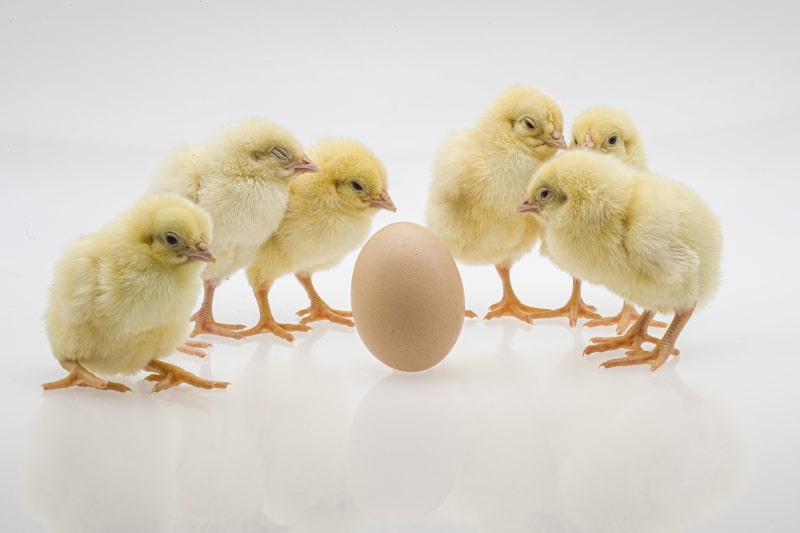
So, what exactly are chicken eggs?
Most people accept chicken eggs as a basic meal without really understanding what they are, at least those of us who didn’t grow up with hens. Let’s begin with the fundamentals. Female chickens (hens) are the only ones that can lay eggs. In contrast to female cows, who only produce milk after giving birth, chickens produce eggs spontaneously as part of their reproductive cycle. People consume eggs because they are part of the fowl equivalent of a human’s “moon cycle.”
Some of the hen’s eggs will be fertilized and form embryos—the earliest stages of a chick if inseminated by a rooster. Not fertilized ova—or undeveloped yolks within a hen’s ovaries—grow and make their way down the oviduct until they are placed. The protective shell, is the bacteria-blocking membrane, the nutrient-dense albumen (egg white), and the vitamin-rich yolk are all present in these embryo-free eggs.
Chicken eggs are, in essence, a result of a hen’s reproductive system—more particularly, of avian menstruation. An albumen omelet now doesn’t sound so inviting.
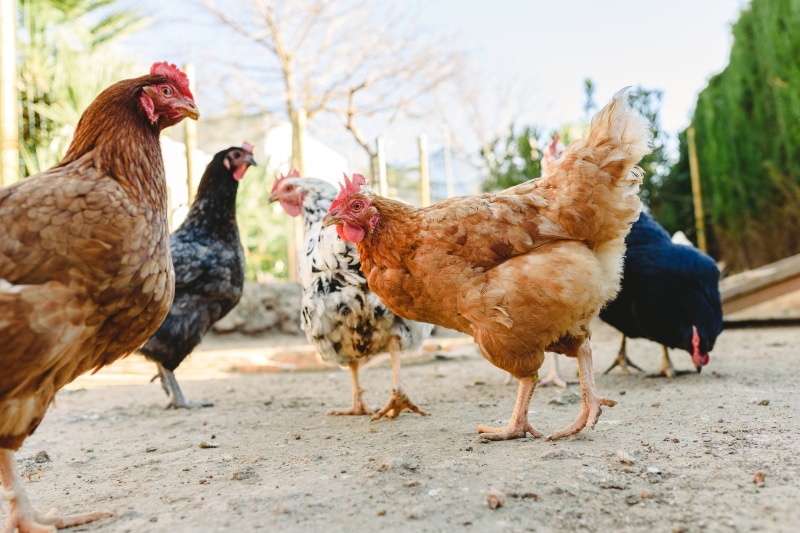
What’s the big deal about chicken eggs?
Chicken eggs, like dairy, are frequently promoted as superfoods or, at the absolute least, healthy sources of protein. Chicken eggs contain cholesterol, which egg proponents are either unaware of or chose to overlook. This waxy material is 200mg in a big egg. While cholesterol is required for various vital activities, it is not necessary to receive it from food because the human body can make it on its own. Excess cholesterol can build up in arteries, resulting in partial or full blockages, which can contribute to heart disease. No, one or two eggs won’t kill you—a healthy person can tolerate a small amount of extra cholesterol on occasion.
Those who make eggs a daily “healthy habit” should rethink, or at the very least have their cholesterol levels tested regularly. Yes, chicken eggs have a high protein content and few calories (six grams per 80 calories), but the added cholesterol isn’t worth it when there are so many other foods that provide these nutrients.
Before breaking an egg to create Grandma’s famous cookies, one must consider the animal welfare component in addition to the nutritional profile. Let’s start with the eggs that don’t advertise themselves as “cage-free,” “free-range,” “local,” or any other marketing gimmick.
Chickens raised in battery cages provide these low-cost, daily eggs. In large-scale animal husbandry operations, these metal cages (yep, even on the bottom—ouch) are used to confine hens. As of December 2020, caged operations housed 72 percent of all egg-laying hens. Hens spend the remainder of their (short) lives in these cages until they achieve egg-laying maturity (about 18-20 weeks old). Multiple hens are crowded inside these wire enclosures, and while they have enough room to turn around, they are unable to stretch their wings or walk off the nervous energy that comes with being jammed into a poorly ventilated warehouse with hundreds of other anxious birds. When chickens are chicks, their beaks are “trimmed” by a laser to prevent damage to one another. It’s not like cutting your fingernails—it hurts just as much as you imagine.
While the USDA allows battery cages to be used in egg production, certain states, including California, Washington, Massachusetts, Colorado, and Rhode Island, have approved legislation to phase them out over the next few years. Regrettably, this does not address the problem of animal welfare. Cage-free chickens may still have their beaks trimmed and be kept in warehouses with no access to the outdoors, but they will not be kept in cages. Free-range birds may be housed in warehouses if they are given an undetermined time outside—60 minutes or 60 seconds, for example. Furthermore, when a hen loses its production value, all of these laws are nullified. She’ll be put to slaughter if she doesn’t die in the trip before she fails to produce eggs at industry pace. The 28-hour rule, which states that animals cannot be kept in trucks for more than 28 hours without food or water, does not apply to birds.
How vegan eggs are made?
Vegan egg alternatives are even more diverse than vegan meat and milk alternatives. Vegan eggs can range from basic home cures like flax flour and water to highly developed liquid eggs manufactured from mung bean protein isolate and gellan gum, depending on the application. Eggs are utilized for a variety of purposes in cooking and baking, including binding, leavening, and providing moisture, and different plant-based meals are employed to mimic these features depending on the situation. Continue reading to find out what’s in each vegan egg type.
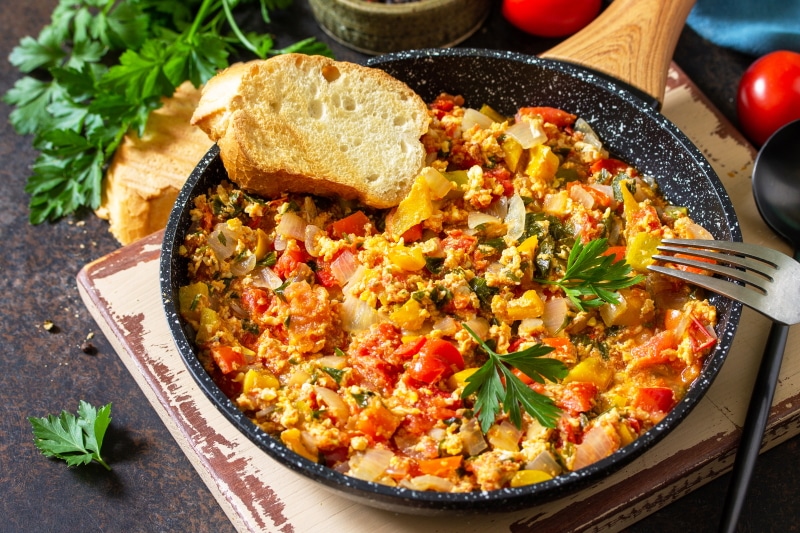
Replacing eggs in cooking
There’s an excellent vegan egg alternative for each dish, whether it’s a delicious scramble or a refined quiche. Here’s how to replace chicken eggs in your favorite recipes.
Scrambled Eggs
You have alternatives when it comes to a good scramble. Tofu that is firm or extra-firm is a classic. Simply squeeze extra moisture from a block of tofu, crumble it, and reheat it thoroughly in a skillet with a little salt, pepper, and turmeric for color. Although the tofu approach does not necessitate much work, a bottle of liquid egg will suffice. The instructions are simple: scramble like an egg. Cook for a long time. Scrambled eggs have never been easier with products like JUST Egg, Simply Eggless, and Nabiti Foods’ Plant Eggz—you don’t even have to worry about the shell!
Omelets and quiches
Although a quiche and an omelet appear to be quite different, they are both cooked, egg-based vehicles for other delicious ingredients. A tasty quiche batter may be produced by combining firm tofu, spices, nutritional yeast, and a little non-dairy milk in a blender; an omelet batter can be made in the same way but using silky tofu. When making an omelet or quiche, a chickpea flour batter can also be used in place of tofu. Liquid eggs, like in the scramble, perform wonderfully here as well.
Patties
An egg is sometimes used as a binder in vegetarian burgers and bread recipes. A flax egg is a tried-and-true substitute in this situation. Combine 3 tablespoons flax meal and 1 tablespoon water to produce a flax egg. Allow for a few minutes for the mixture to thicken into a gel-like consistency. It’s all set to go!
Sauces
Traditional egg-and-fat emulsions are used to make creamy sauces like hollandaise and mayonnaise (either butter or oil). A hollandaise sauce may be made with either silken tofu or cashews as a foundation. A recipe for both may be found in The Curious Chickpea. By combining oil and other ingredients with aquafaba, you can make excellent vegan mayonnaise right at home (brine from a can of chickpeas). This bean juice amazingly mimics the texture of egg whites when beaten. Granted, science rather than magic is responsible for this.
How to bake without chicken eggs?
Baking is a science, thus vegan egg substitutes must be precise. Not all baking recipes work with plant-based eggs. To avoid a baking disaster, here’s what you need to know.
Cookies, brownies, and quick bread
When it comes to egg replacers, heavier desserts like banana bread, muffins, and brownies are usually the most forgiving. A handmade flax egg is frequently effective, but applesauce or pumpkin purée (one-quarter cup purée combined with one-quarter teaspoon of baking soda per chicken egg) can also be effective.
If you’re going to create fruit mash, make sure there’s fat somewhere else in the dish, such as vegan butter, oil, or nut butter. Your items will be sticky if there isn’t enough fat in them. When it comes to cookies, the flax egg has a better track record.
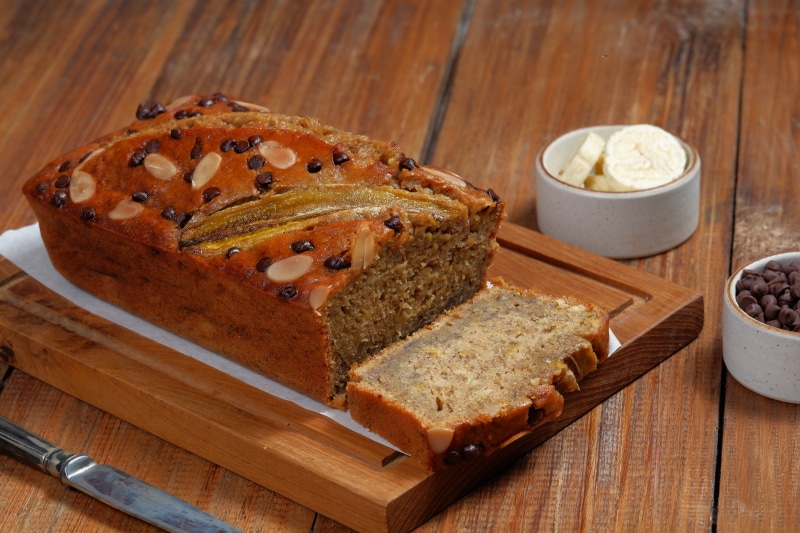
Cakes are lighter than quick bread and need considerable lifting. To get the job done, most vegan-as-is recipes use a mix of baking soda and/or apple cider vinegar. Try using a powdered egg replacer to veganize a non-vegan cake recipe. To simulate the chemical characteristics of eggs, they comprise the ideal ratio of binding agents and baking soda. Silken tofu can occasionally be found in a cake recipe.
Some of these tofu-based cakes are amazing, but they’ve been refined to perfection. In a recipe that doesn’t call for it, we wouldn’t advocate using blended tofu instead of eggs.
Custard Fill
Egg yolks are commonly used in lemon bars, key lime pie, and pecan pie to make the thick, silky, transparent custardy filling. Vegan bakers may get the same texture (without the flavor) by using protein-rich silken tofu. Sugar, cornstarch, fruit juice or extract, and silken tofu are usually combined together and then cooked on the stovetop or baked in the oven until thickened. The majority of recipes call for eight to twelve ounces of tofu. Again, we recommend using a vegan-as-is recipe for these bakes, but if you’re feeling adventurous, you may use a vegan-as-is recipe.
Macarons and meringues
Aquafaba’s remarkable egg white-replicating qualities were found by some baker, either on purpose or by chance, and the world of vegan meringues and macarons was born. Former egg substitutes such as flax eggs, baking soda, and tofu will not work in these exceptionally tasty and delicate sweets since they are largely egg whites and sugar. Aquafaba (chickpea brine) peaks and fluffs like egg whites when vigorously beaten for several minutes. It’s an incredible process to witness.

